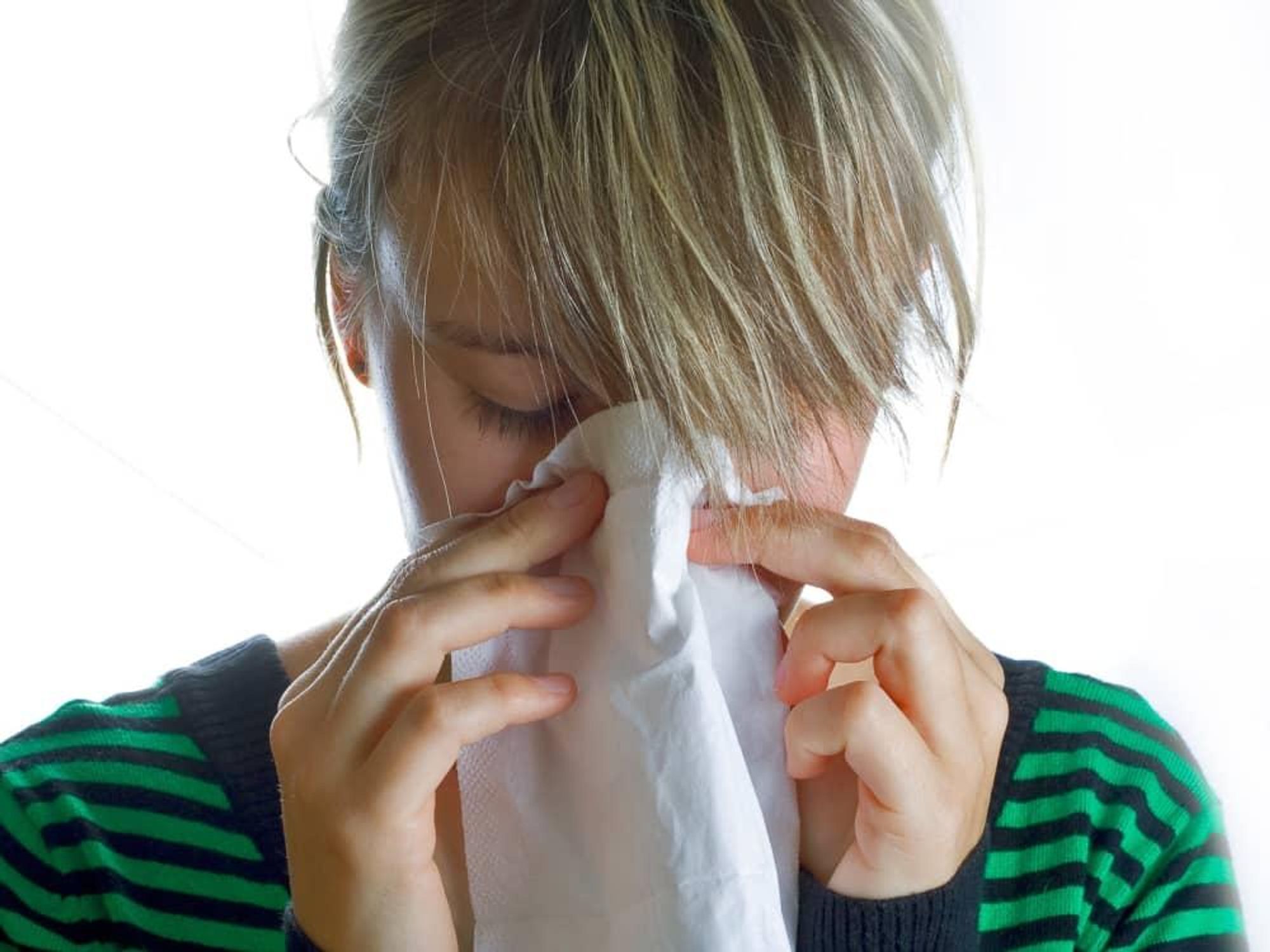Allergy Relief
Local expert reveals 5 tips for San Antonio allergy sufferers

The struggle is real for San Antonio allergy sufferers. In fact, San Antonio ranks among the most challenging places in the U.S to live with allergies.
"We get the reputation [for allergies] in San Antonio because of our proximity to the Hill Country, which has unique mountain cedar trees that pollinate only in the winter," Edward Brooks, a pediatric allergist and immunologist with UT Health San Antonio, tells CultureMap.
While San Antonio ranks high compared to other cities in terms of allergies, there are plenty of methods for tackling the characteristic sneezing, runny nose, and puffy eyes year-round. Here are five expert tips from Brooks:
Find out what's causing your allergies
One of the most important ways to cope with allergies is to find out what's causing them in the first place. People are often preoccupied with the spring pollination of oak trees and the fall blooming of cedar elm and ragweed, so they overlook some of the most common allergens in their own homes. Dust mites and mold are two of the leading causes of allergies, followed by pet dander and cockroaches.
"If you're waking up every morning sneezing and blowing your nose and the symptoms go away when you leave your house and return when you come home, you're allergic to something in your house," says Brooks. "Likewise, if you're sneezing four or more times in a row, or throughout the day, you have an allergy to something in the environment."
Since San Antonio's tree pollen season typically runs from March to May, symptoms that persist into summer are due, in part, to mold.
"If your house or indoor environment is really humid, it can produce mold," Brooks explains. "Most of what I'm seeing in pediatric patients at the clinic this time of year is caused by mold, because viruses taper off."
Know the difference between allergies and a cold
While allergies can sometimes pair with asthma, which is most often triggered by an infection-causing virus, allergies should not be confused with a cold, Brooks stresses. Patients with only a runny nose, cough, or congestion most likely have a cold and should not be treated with allergy medicine.
Avoid allergy triggers
This tip may seem like a throwaway, but it's not always easy for allergy sufferers to avoid the things that cause a reaction.
"As allergists, we make a diagnosis based on a history of a patient's allergy symptoms. If you sneeze every time you hold your cat near your face, you've found a trigger that you'll have to find a way to avoid. If you're cat-allergic and don't have a cat, you just have to be careful of being around other people's cats due to the allergy to pet dander," says Brooks.
Those with pollen allergies can avoid aggravating them by checking online for daily tree, grass, and ragweed pollen counts in their area. Sites such as The Weather Channel and AccuWeather.com stay up-to-date with daily and weekly forecasts.
In addition, experienced allergists and immunologists continue to work to provide information and research about allergy studies to the public. Paul Ratner, the medical director of Sylvana Research, provides daily pollen counts to all local news outlets and is a monthly guest expert on WOAI's San Antonio Living television show.
But don't avoid everything
For some people, allergies persist for years — or even a lifetime — despite treatment, leading some allergists to study the hygiene hypothesis: the theory that people are living in too clean environments that aren't allowing their immune systems to build a tolerance to common allergens in the environment.
"Dust mites and pollen haven't changed much through the centuries, but for some reason, some of us have become more sensitized to them," Brooks elaborates.
Although there are some things we can't control, like our sensitivities, we can control others. For example, parents should not withhold certain foods from their children if they haven't shown signs of a food allergy.
Invest in allergy shots
While over-the-counter nasal allergy sprays like Flonase and Nasacort have been shown to be effective (when used consistently), the only long-term cure for allergies is desensitization through allergy shots or sublingual tablets, Brooks says.
Allergy shots are a big investment, but they are the most effective solution for allergy sufferers and are often covered by insurance.
"Doing allergy desensitization is good in the long run because you can go off expensive medications, inhalers, and topical steroids," Brooks explains.
A prescription asthma inhaler can cost from between $250 and $350 and must be replaced each month, and nasal sprays, while available over the counter for less than $20 a bottle, can quickly add up in terms of costs.
Completion of an immunotherapy regimen has been shown to prevent allergies in children for up to 10 years, in some cases, says Brooks.

 The festive bonbons at Midnight Chocolatier will delight anyone on your list.Midnight Chocolatier/ Facebook
The festive bonbons at Midnight Chocolatier will delight anyone on your list.Midnight Chocolatier/ Facebook Niche's cassette-themed t-shirts will get heavy play.Niche/ Facebook
Niche's cassette-themed t-shirts will get heavy play.Niche/ Facebook